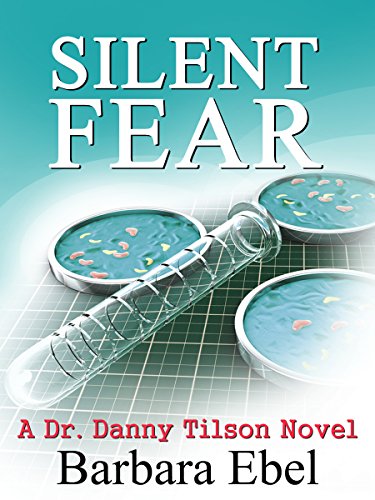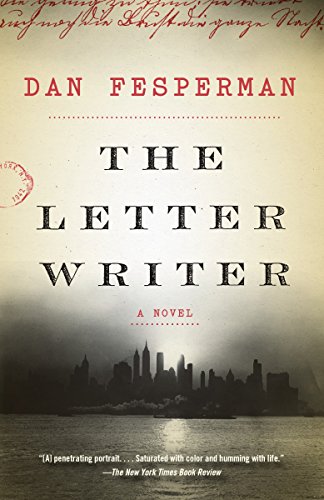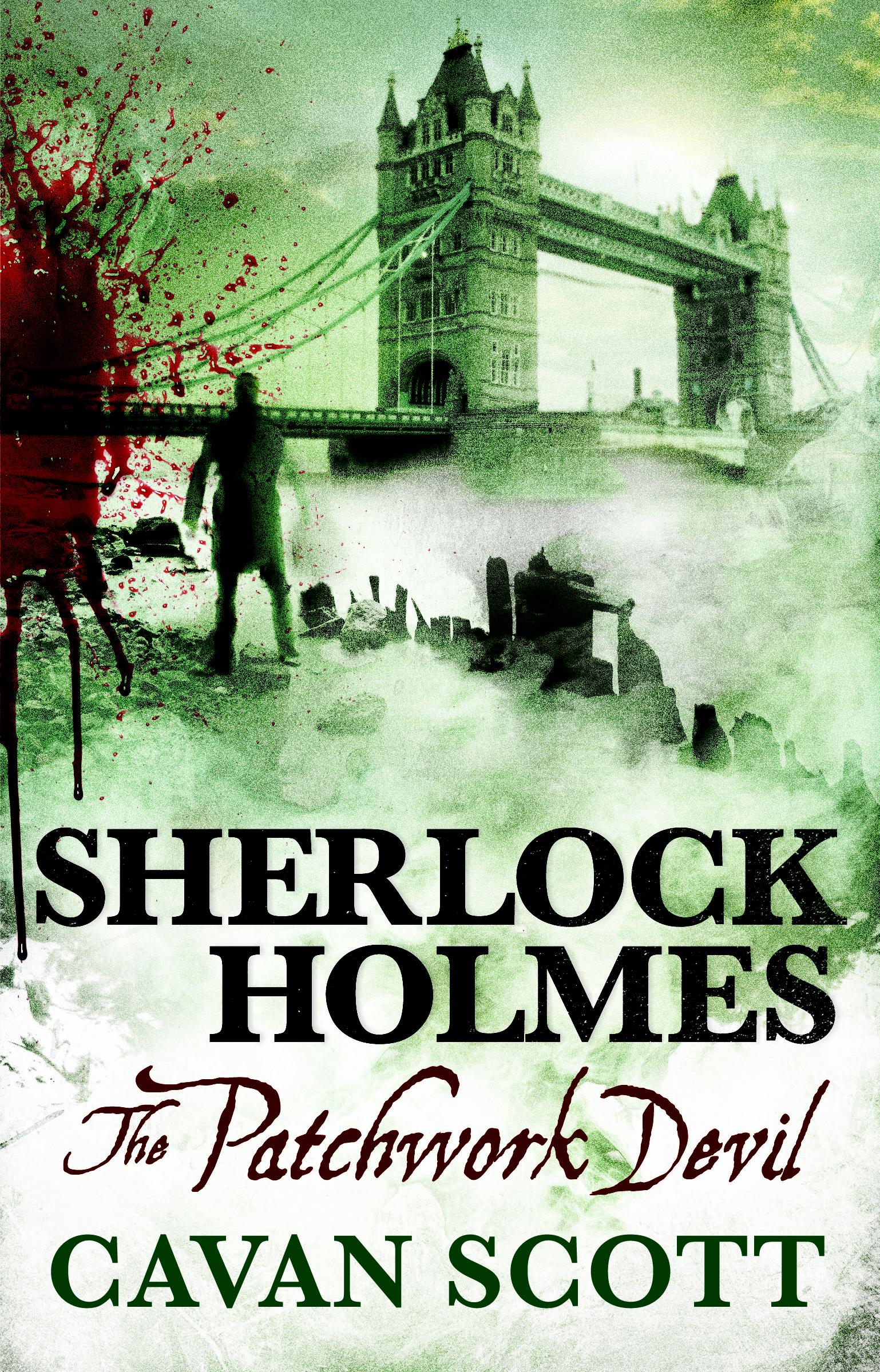Silent Fear: a Medical Mystery
Silent Fear is an engaging work of medical fiction. In saying this, I’m not seeking to undermine the force or intention of the jacket design. For marketing purposes, it’s customary to adopt the label most likely to produce maximum sales. In this case, however, it’s slightly misleading. There are no car chases, no one takes out a gun and starts shooting people around the hospital. The style is more House on television than the work of authors like Robin Cook or Michael Crichton.
The primary plot surrounds Dr Danny Tilson, a neurosurgeon who’s not exactly been immune from controversy. In the last book, his marriage got into trouble and he got into bed with Rachel, a nurse working at the same hospital. They have not become a couple, but have joint custody of the resulting little girl with Danny having visitation rights. As this book begins, he’s due for the first visit, but a situation at the hospital delays that visit. The hospital becomes ground zero for what grows into an epidemic. At first, it’s a major mystery as to what’s wrong with the cluster of people who have fallen ill. But as the common symptoms are identified, the diagnosis of meningoencephalitis is confirmed. In turn, this presents two further mysteries. It’s not clear who the source of the infection is nor how it’s being transmitted. Second, Danny had more or less the same exposure to all the patients seen by those who have fallen ill. Why does he seem to have an immunity?
In the subplot, Rachel and the baby move into the home of a pharmacist. Initially, everything seems alright but, when he has sole care of the baby, he physically abuses her to keep her quiet. Rachel is very slow to pick up the full extent of the injuries the baby sustains and is not at all worried when Danny eventually appears to see his daughter. Unfortunately, he rapidly diagnoses serious problems and begins action to assume responsibility for physical care. Meanwhile the number of meningoencephalitis cases is escalating and, with a high mortality rate, everyone is desperately trying to establish the best treatment regime to keep as many alive as possible.
The book is very successful as a medical mystery for the hospital and the CDC to solve. The work to identify the vectors and then work on a cure are carefully described. Although the answer to the disease is somewhat surprising, it’s presented in a way that is credible, making this an enjoyable read.
NOTES TO THE AUTHOR:
“I recommend you have this book professionally edited. To take but one example,
“He stepped into the garage, grabbed a saw, and cut back through the French doors to the expansive yard. ”
This is taken from the first page of the novel and does not create the right impression. I know you did not intend this to mean that he used the saw to cut through the French doors so he could get out into the yard, but that’s how many people would read it. Words are very precise instruments, and unless you have meaning under control at all points, you undermine all the good work in developing the plot.
Secondly, there’s a major imbalance between the primary epidemic plot and the child abuse subplot. It’s not credible that Danny would be able to forget the problem with his daughter and get on with work as if nothing had happened. You should seriously consider expanding and rewriting this element so that Danny’s anger is more positively shown, e.g. perhaps setting the wheels in motion to make a police report before talking to his attorney, and then having to force himself to focus on work despite the emotional turmoil.
Talking with a professional editor would significantly improve what you have already done.”
| Author | |
|---|---|
| Star Count | 3.5/5 |
| Format | eBook |
| Page Count | 80,000 words |
| Publisher | Barbara Ebel, M.D. |
| Publish Date | 12-Mar-2014 |
| ISBN | 9780991158911 |
| Bookshop.org | Buy this Book |
| Issue | April 2014 |
| Category | Mystery, Crime, Thriller |
| Share |








Reviews
There are no reviews yet.